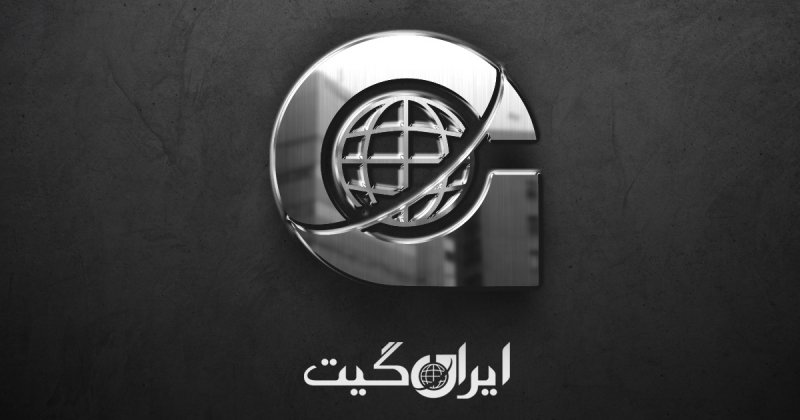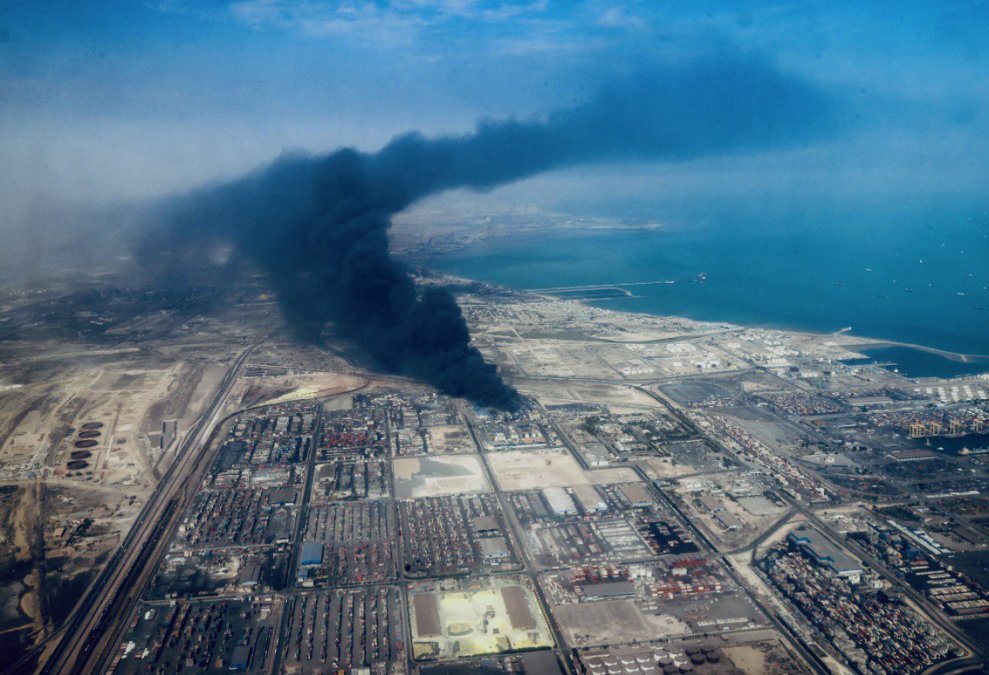Impact of the Bandar Abbas Disaster on Foreign Trade
Impact of the Bandar Abbas Disaster on Foreign Trade
Following an explosion in the operational area of Shahid Rajaee Port in Bandar Abbas, concerns have arisen about the impact of this incident on one of the country’s most vital economic arteries. Without delving into the details of the incident, examining the economic consequences of this disruption on foreign trade and the national economy is of significant importance.
Shahid Rajaee Port, as the largest commercial port in the country, is considered the backbone of Iran’s foreign exchanges.
This port, with a capacity of unloading and loading over 88 million tons of goods annually, holds a major share of Iran’s foreign trade.
More than 55% of the country’s exports and imports are conducted through this port.
Over 70% of Iran’s maritime transit depends on Shahid Rajaee Port.
About 85% of the container operations in the country’s ports are carried out through this port. In 2024, the volume of container movements in this port reached about 239 million TEU.
With such capacity, Shahid Rajaee Port plays a crucial role not only nationally but also in regional economic equations.
Disruption in Shahid Rajaee Port’s activities can seriously disturb the country’s supply chain.
In the short term, a halt in unloading and loading goods will result in delays in supplying public needs, increased import costs, shortages of industrial raw materials, and price fluctuations.
In the medium term, continued disruption can lead to the accumulation of ships in territorial waters and increased demurrage costs, reduced trust from trade partners, weakening Iran’s position in export markets, increased transport and insurance costs, disruption in the transit of goods passing to neighboring countries, and weakening Iran’s logistical routes in regional competition.
This port has an unparalleled role in supplying essential goods, industrial equipment, and non-oil exports, and any halt or slowdown in its activities can directly impact economic growth and employment levels.
Comparing Shahid Rajaee Port with other major ports in the country highlights its strategic position.
Imam Khomeini Port, with a capacity of unloading and loading about 54 million tons annually, is one of the most important ports for bulk goods and grains.
However, in terms of container operations volume and goods diversity, it is not comparable to Shahid Rajaee Port. Chabahar Port, the only oceanic port in Iran with a current capacity of about 10 million tons of goods, despite its high geopolitical importance, has not yet reached the level of Shahid Rajaee in terms of infrastructure and operations volume.
This comparison shows that in the event of a long-term disruption at Shahid Rajaee Port, no other port in the country has the capacity to fully meet Iran’s trade needs, underscoring the critical importance of quickly restoring this port.
Globally, Shahid Rajaee Port is also considered one of the most important ports in the Middle East.
In recent years, this port has been among the world’s 50 largest container ports and is considered a key link in the North-South and East-West corridors.
In 2024, more than 239 million TEU containers were moved through this port, constituting a major part of Iran’s maritime trade.
These statistics indicate the strategic position of this port in regional transit and international trade.
Disruption at Shahid Rajaee Port could mean a reduction in Iran’s share of regional trade routes and the loss of competitive economic opportunities against ports like Jebel Ali, Sohar, and Pakistani ports.
The incident at Shahid Rajaee Port is a serious warning for the country’s economic system.
Vital infrastructures like ports must have high resilience against potential incidents.
Under current conditions, quickly reviving the activities of this port, strengthening the logistical capacities of other ports, and designing alternative plans for crisis management should be immediate priorities on the agenda of relevant institutions.
Shahid Rajaee Port is not just a port; it is the lifeline of Iran’s foreign trade economy, and the slightest disruption in its activities can lead to widespread economic losses both domestically and internationally.

